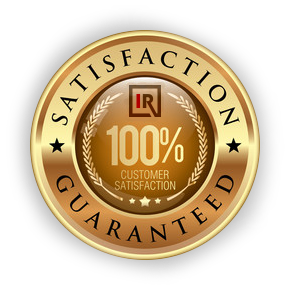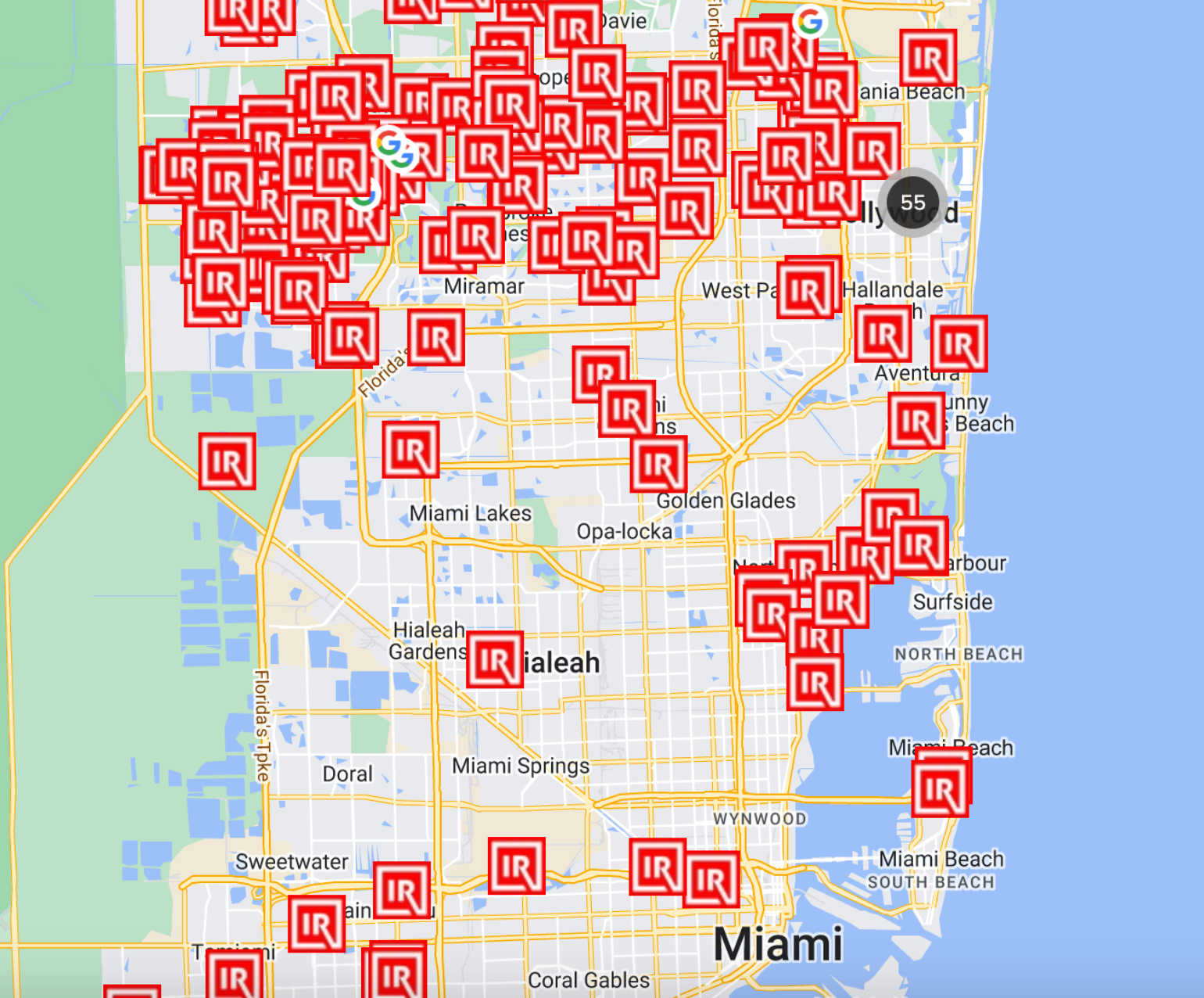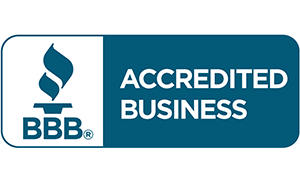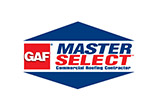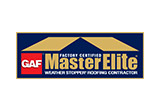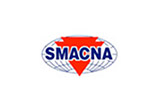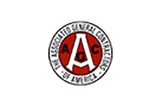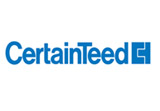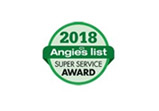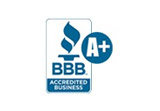In the bustling world of commercial enterprises, the infrastructure plays a pivotal role in operations, security, and aesthetics. One integral part of this infrastructure is the roof, which often goes unnoticed until there’s a significant problem. If you’re contemplating a commercial roof replacement, you probably have a plethora of questions. This guide aims to provide comprehensive answers to some of the most pressing concerns.
Basics & Need for Commercial Roof Replacement
One of the fundamental questions that arise is, why should you consider replacing your commercial roof? A building’s roof serves as its primary shield against environmental elements, protecting assets and personnel. However, like all things, a roof is not eternal. Its material can degrade over time due to various reasons, such as weather conditions, physical damage, or simply the wear and tear of time.
When you notice consistent leaks, frequent need for repairs, or visible signs of damage such as bubbles, blisters, or sagging areas, it’s a signal that your roof might need more than just a repair – it might need a replacement.
How to Know If Replacement or Just Repairs Are Needed?
Repairs are suitable for minor damages or issues that cover a small portion of the roof. However, if the problems are widespread or if the roof has surpassed its expected commercial roof lifespan, replacement is often the more cost-effective and long-term solution.
Deciding between a complete roof replacement and a simple repair is a pivotal decision for any property owner. The longevity and performance of a commercial roof hinge on making the right choice at the right time. Initially, the state of your roof provides tangible clues. Persistent leaks, frequent repair needs, visible damage like cracks, blisters, or sagging areas, and the roof’s age play significant roles in this decision-making process. If these signs are localized to specific areas, then a repair might suffice. However, widespread issues or a roof nearing or exceeding its expected commercial roof lifespan often suggest that a replacement could be the more cost-effective long-term solution.
Conversely, it’s also essential to consider the financial aspect of this decision. While repairs are undoubtedly cheaper in the short term, they might not be economical in the long run if the roof continually demands attention. A roof that requires frequent fixes can quickly become a financial drain, and in such cases, investing in a new commercial roof replacement might be more financially prudent. It’s a balancing act of evaluating the immediate costs versus potential future savings. Consulting with roofing experts and obtaining thorough inspections can offer clarity, helping property owners make an informed and strategic decision.
Commercial Roofs Types & Materials: What’s on Offer?
Understanding the intricacies of various commercial roofing systems is paramount to making informed decisions about your property’s roofing needs. Each system offers distinct advantages, lifespans, and performance metrics. However, irrespective of the type, every roof will inevitably face the crossroads of repair or replacement. As you navigate the complex landscape of commercial roofing, it’s essential to weigh the long-term benefits against the immediate costs.
The types of commercial roof systems available are vast, each catering to different needs and environments. Broadly, the types include:
- Built-Up Roofing (BUR) Systems: Often seen on low-slope roofs, they are made up of alternating layers of reinforced fabric and bitumen and finished with a top layer of aggregate.
- Metal Roofing: Lightweight, durable, and fire-resistant. They can be made from steel, aluminum, or copper.
- Thermoset (EPDM) Roof Membrane: Known for its superior durability and versatility.
- Thermoplastic Roof Membrane: Highly resistant to UV rays, chemicals, and punctures.
- Garden “Green” Roofing Systems: Sustainable, they provide an area for plants atop the building.
- Photovaltic (PV): Solar panels on roofs transform sunlight into energy, offering long-term savings, especially in sunny regions.
Selecting the best material hinges on various factors, including the building’s design, climatic conditions, and budget. While EPDM is known for its longevity, metal roofs are prized for their sturdiness. It’s crucial to weigh the pros and cons of each commercial roof material with your specific needs.
Being proactive, scheduling regular inspections, and gaining insights into your roofing system’s current condition can pave the way for timely interventions. Whether it’s a minor repair or a full-blown commercial roof replacement, ensuring the right choice will safeguard your investment and maintain the structural integrity of your building for years to come.
Deciphering Commercial Roof Replacement Cost and Roof Replacement Financing
Replacing a commercial roof is a significant investment. So, one of the primary concerns is, how much will the commercial roof replacement cost? Several factors determine this, such as:
- Size of the roof
- Material chosen
- Labor charges in the region
- The complexity of the roof (like slopes, skylights, or chimneys)
While a small commercial building with a simple design might cost relatively less, larger buildings with intricate designs will naturally have a higher price tag.
It’s not uncommon for businesses in Florida to spend upwards of $5 to $10 per square foot, especially when opting for premium materials that offer longer lifespans and better resilience against the state’s harsh weather conditions.
However, the good news is there are roof replacement financing options available for commercial enterprises. Many roofing contractors offer payment plans, while some financial institutions provide loans for such renovations. Insurance might also cover part of the costs, especially if the replacement is due to natural calamities.
When considering roof replacement financing, a crucial component to keep in mind is the variance in costs across different states, largely due to distinct climatic conditions, labor rates, and material accessibility. On average, the national cost for commercial roof replacement ranges from $3 to $7 per square foot, but this price can significantly fluctuate depending on your location. For instance, in states like Florida, the frequent exposure to intense sunlight, high humidity, and the occasional hurricane necessitates the use of more robust and weather-resistant materials, potentially elevating the costs. Moreover, Florida’s strict building codes, tailored to mitigate hurricane damages, might lead to higher installation expenses. It’s not uncommon for businesses in Florida to spend upwards of $5 to $10 per square foot, especially when opting for premium materials that offer longer lifespans and better resilience against the state’s harsh weather conditions. Given these costs, many roofing companies now offer tailored financing options, assisting businesses in managing their budgets without compromising on the quality and safety of their commercial roofing.
Estimating the Roof Replacement Time
Time is money in the commercial world. So, understanding the roof replacement time is pivotal for planning and minimizing disruptions.
While smaller roofs or those with simple structures might take just a few days, extensive and complex roofs could take weeks. Factors influencing this timeline include:
- Roof size
- Weather conditions
- Complexity of the design
- Material availability
Estimated roof replacement times can vary significantly depending on the type of commercial roof being installed. For example, single-ply roofing systems such as TPO or EPDM might take a shorter period, often being completed within a few days to a couple of weeks, depending on the size of the roof. In contrast, built-up roofing systems, which involve multiple layers of asphalt and tar, require a more extended installation period due to the layering process. Metal roofing, while durable and long-lasting, can have a varied installation timeline based on the complexity of the design and any customizations. Then there’s the green or “living” roofs, which can take longer due to the intricate process of planting and ensuring proper drainage. Generally, the larger and more complex the roofing system, the longer the installation will take. Additionally, unforeseen factors like weather conditions, structural challenges, or material delivery can also impact the overall replacement time. As always, a clear discussion with your roofing contractor will provide the most accurate timeline for your specific project.
What Disruptions Are Expected During a Roof Replacement Process?
Typical commercial roofing replacement begins with a thorough assessment of the current roof’s condition. This includes checking for signs of wear, damage, and potential structural issues. Once the extent of the damage is understood, the old roofing material is systematically removed. Depending on the type of roofing system and the extent of damage, this process can involve tearing off layers of old shingles, insulation, or other materials. During this stage, underlying problems that might not have been visible during the initial assessment can be detected and addressed. The next steps involve prepping the roof base, installing insulation (if required), and finally, laying down the new roofing material. Throughout the process, proper safety protocols are observed to protect both the workers and the building’s occupants.
Commercial roofing replacement can, at times, be a disruptive process, especially for businesses that operate within the building. There’s the obvious noise disruption from the removal of the old roof and the installation of the new one. Furthermore, there could be restricted access to parts of the building or parking areas to ensure the safety of employees and customers. Dust and debris are often unavoidable by-products of the process. If the commercial space is sensitive, like a retail store or an office, it might be advisable to plan the most disruptive work during off-hours or during periods of minimal business activity. While reputable roofing contractors will always aim to minimize disruptions and complete the job efficiently, it’s essential for businesses to be prepared for some level of inconvenience.
Assurance with Roof Replacement Warranty
A roof replacement warranty is a testament to the quality of work and materials used. Warranties are often bifurcated into:
- Material Warranty: Offered by the manufacturer, it covers defects in the roofing material.
- Workmanship Warranty: Provided by the roofing contractor, it covers errors in installation.
While a warranty’s duration varies depending on the material and contractor, it’s essential to understand its terms and conditions, ensuring that your investment remains protected.
It’s essential for businesses to ensure they’re getting the best protection for their investment. Typically, commercial roof warranties come in two main forms: material warranties and workmanship warranties. Material warranties, often provided by the manufacturer, cover potential defects in the roofing materials. These can range from 10 to 30 years, depending on the product and manufacturer. On the other hand, workmanship warranties are offered by the roofing contractor and cover installation-related issues. It’s crucial to understand the duration and terms of these warranties, as some may require regular maintenance to remain valid. Additionally, some premium warranty options may cover both materials and workmanship under a single “system warranty,” offering a comprehensive safety net. Given the various climate challenges, especially in areas like Florida with its unique weather conditions, it’s vital to ensure that your warranty also covers damages from extreme events. Always read the fine print and discuss the warranty specifics with both your manufacturer and contractor to get the most comprehensive coverage for your commercial roof replacement.
Are there any tax benefits or incentives for upgrading a commercial roof?
Absolutely, upgrading a commercial roof can come with various tax benefits and incentives, both at the federal and state levels, and sometimes even at local levels. Here’s a breakdown:
- Section 179 of the U.S. Tax Code: Traditionally, when a business makes a capital expenditure, it depreciates that cost over many years. However, with the updates to Section 179, businesses can now deduct the full cost of a new roof in the year of its installation. This change allows companies to deduct up to a million dollars of the cost of improvements, including roofing, in a single year.
- Energy Efficiency Incentives: If you upgrade to a more energy-efficient roofing system, you might qualify for federal tax credits. ENERGY STAR qualified roofing products, which reduce the amount of air conditioning needed in buildings, can reduce peak cooling demand. Some states and local utilities offer additional incentives for businesses that choose energy-efficient upgrades.
- Local and State Incentives: Depending on your location, state and local governments may offer tax breaks or incentives for businesses that undertake certain types of renovations or use specific materials. For instance, in areas prone to severe weather or natural disasters, there might be incentives for using materials that can withstand these conditions.
- Cool Roofing Tax Incentives: In some regions, particularly in warm climates, there are incentives for “cool roofs.” These are roofing systems designed to reflect more sunlight and absorb less heat than a standard roof, thereby reducing the need for air conditioning and cutting energy bills.
- PACE Financing: Property Assessed Clean Energy (PACE) is a financing mechanism that enables low-cost, long-term funding for energy efficiency, renewable energy, and water conservation projects. Some commercial properties can finance their roofing project through PACE, which allows repayment through property taxes.
- Green Building Incentives: If you’re aiming for a sustainable or green building certification, such as LEED, having an environmentally friendly roof can contribute to obtaining this certification, which often comes with its own set of tax benefits and incentives.
In conclusion, it’s essential to work closely with a tax professional familiar with the local and state tax codes and incentives when planning a commercial roof upgrade. They can provide guidance tailored to your specific circumstances and help you maximize potential savings.
Closing Ideas
In the vast realm of commercial establishments, ensuring the health of your infrastructure, especially the roof, is paramount. Whether it’s deciphering the signs for replacement, understanding the varied types of commercial roof systems, or making an informed decision about the materials and costs, being informed is key. This guide provides a bird’s eye view, aiding you in making the best decision for your commercial enterprise. Remember, a robust roof is not just about shelter; it’s about safeguarding your assets, both tangible and intangible.
In wrapping up, understanding the intricacies of commercial roof replacement, from discerning the fundamental reasons for replacement to evaluating the various types and materials, is paramount for property owners. With insights into cost considerations, financing options, the replacement process duration, and the significance of warranties and regular maintenance, this comprehensive overview ensures that you’re well-equipped to make informed decisions. As you contemplate embarking on such an essential venture, remember that investing in your roof is a long-term commitment to the safety, aesthetics, and value of your property.





